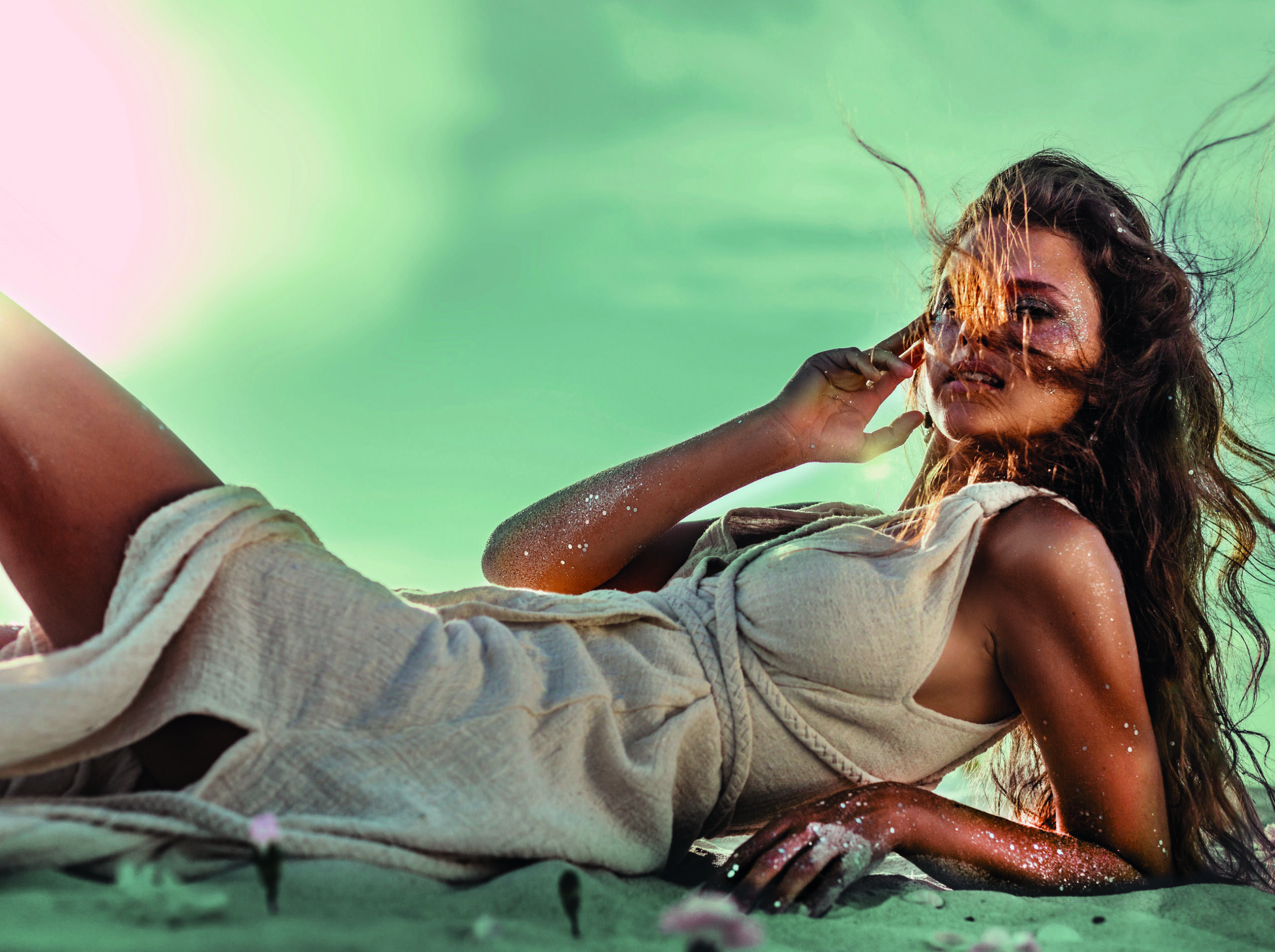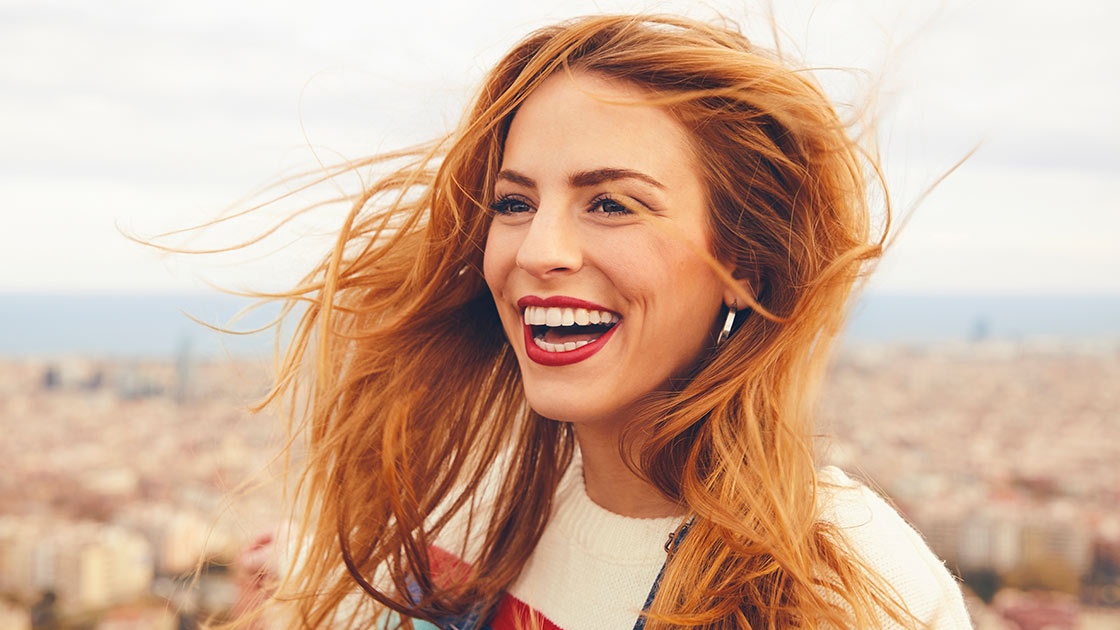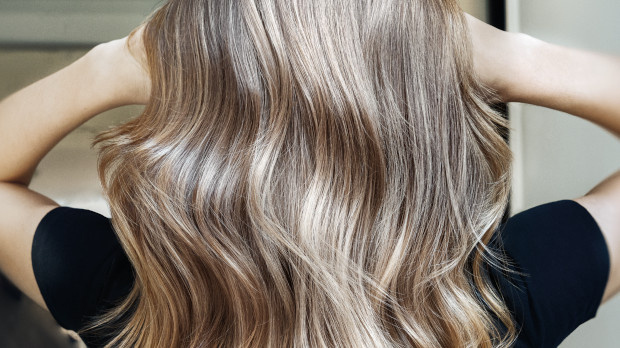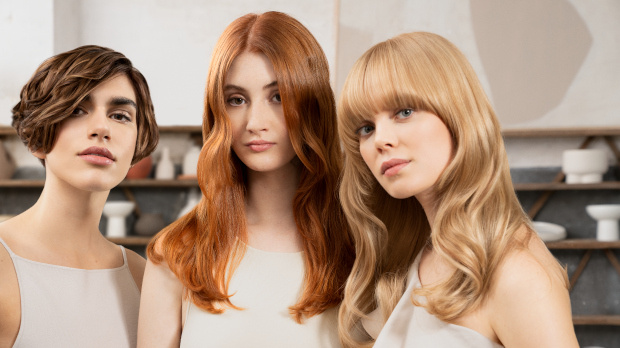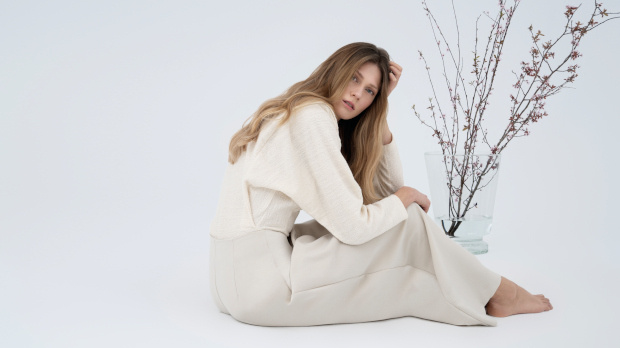

The six hair lightening techniques you need to know about
Ever since they were invented by hairdresser Jacques Dessange in the 1970s, balayage highlights continue to be the most in-demand hair colouring technique across all salons. The reason? They illuminate both brunettes and blondes, while respecting warm and cool tones. Discover the other hair lightening techniques that are on trend.
As Mia Casal, a member of the Montibello Hairdressing Education Team, explains, “This freehand lightening technique creates a colour gradient in hair, while keeping the roots’ natural hair colour intact. The aim is to create depth while ensuring that colour is in perfect harmony, that is, the perfect integration of the different shades”.
The natural-looking results delivered by balayage highlights to hair are the main reason for their resounding success. At present, there are many other techniques that can bring about the same effect. Ombre, which stands out for being more subtle in darker hair; melting, a perfect blend of the natural hair colour and lighter strands; or foilayage, which can achieve more levels of lift and create more contrasts than balayage, are just some examples.
Although there are different hair lightening techniques, each and every one of them has to come with the appropriate professional advice that suits the tastes and needs of the women who want to illuminate their hair. We’ll explain the most sought-after techniques!
The six best hair lightening techniques
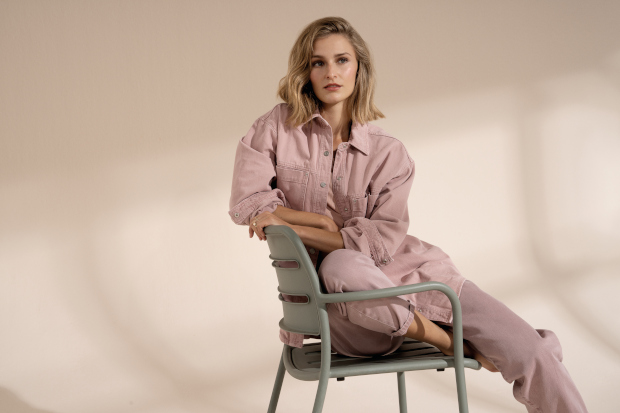
-
Babylights
In contrast to balayage, which adds points of light to the mid-lengths and ends of hair, babylights are very fine strands spread out all over hair. “They add plenty of shine and volume, achieving extremely natural-looking results. With babylights, you get evenly lightened strands of hair from roots to ends and subtly lightened hair all over, beautifully blending into the natural base colour”, remarks Mia Casal.
-
Hair contouring
Based on the makeup technique, hair contouring plays with the application of points of light and shadows around the face to create different volumes according to the oval of the face. For the most flattering results possible, “the stylist should apply visagism technique to create a personalised look and highlight the features”, continues Casal.
Hair contouring is characterised by light strands that fall towards the face, softly framing the face for a sun-kissed look, as they contrast with the rest of the dark roots. It’s also used to enhance the shape of hair, highlight waves or add volume and create contrast.
-
Highlights
Also known as “the classic highlights”, highlights create a subtle contrast against your natural hair colour. For Mia Casal, “This technique calls for lightening hair all over, focusing on the parting, to make it look as good as possible”.
-
Money piece
A technique that creates a halo around the face for plenty of contrast with the rest of your hair. It mainly focuses on lightening the fringe area.
-
Lowlights
An offshoot of highlights, lowlights darken sections of hair that’s already very light. The aim is to create contrast and get a more natural look.
-
Chunky highlights
Created in the 1990s, these are highlights that are very pronounced that are done at the top, at the parting, creating blocks of colour. They’re a variation of money piece highlights.




